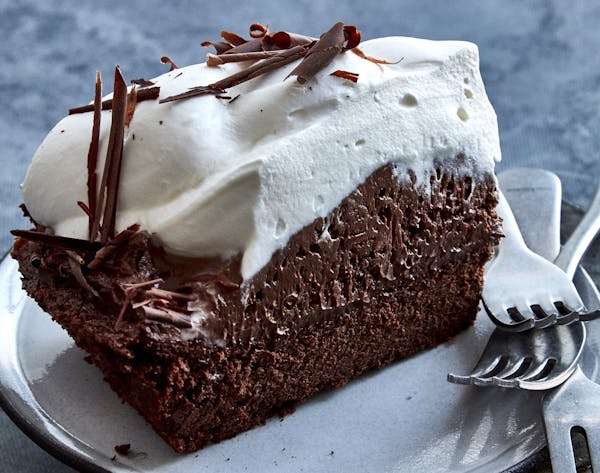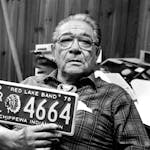We lost a giant when cookbook author Maida Heatter died this month at the age of 102.
Despite never having enjoyed the universal influence that can come from a television show, Heatter still managed to shape the tastes and interests of several generations of home bakers, including many famous ones.
"Everything I know about baking I learned from Maida Heatter," admits Martha Stewart, on the dust jacket of Heatter's last book, "Happiness Is Baking" (Little Brown, $27), a recently released — and gotta-have — compilation of favorite recipes.
"I have to say that I learned from cooks, because I tend toward the savory side of things," said Los Angeles baker and cookbook author Nancy Silverton, in a 2001 Taste interview. "People like Alice Waters, Patricia Wells, Richard Olney. And, of course, Maida Heatter, because she's everybody's mom."
Heatter was one of those people who manage to carve out several lives across a century, a high-profile existence illuminated in newspaper archives across the country, including the Minneapolis Star and the Minneapolis Tribune. Her first mention in the Star was a 1940 ad for Dayton's department store, when the 24-year-old New Yorker (her name is pronounced MAY-da HEAT-er) was making waves as a jewelry designer.
Under a "Youth Designs for Youth" banner, the copy reads, "The designer, Maida Heatter, is very young herself; so she knows what the college crowd likes to clip to a sweater or wool dress, dangle from a wrist."
Her next appearance in the Strib's archive was entirely different, a 1949 announcement of her second marriage, to Ellis Gimbel Jr., a department store scion; their 1963 divorce was duly noted in the same "People in the News" column.
A role model to anyone considering a midlife career switch, Heatter, a lifelong baker, was 50 years old when she started making desserts at the Miami Beach restaurant that she opened with her third husband, Ralph Daniels. A true calling was discovered.
Influential New York Times food editor Craig Claiborne became a fan ("She is hands down the foremost food authority in Florida," he wrote in 1968), and under his guidance Heatter eventually published a string of recipes in the newspaper. (She was often mentioned in Claiborne's syndicated column, which ran in the Minneapolis Tribune's Food section.)
From then on, Heatter's imaginative, highly detailed and painstakingly tested recipes made her more famous than her father, a radio broadcaster. Her Chocolate Mousse Torte became the New York Times' most requested recipe in 1972. (See the recipe here.)
Claiborne urged her to write a cookbook. Her "Maida Heatter's Book of Great Desserts" debuted in 1974 and became an instant classic. When it was published, the five-year-old Taste section shared her then-signature recipe, Queen Mother's Cake.
"A dense chocolatey delight that chocolate lovers will hail," wrote staff writer Beth Anderson.
"Great Desserts" was followed by eight more titles, with Heatter tackling the entire dessert canon, from cakes to cookies ("I love gingersnaps and I've put them in all of my books," she told Taste staffer Ann Burckhardt in 1986), from pies to tarts. Over the years, her work earned three James Beard awards.
She was celebrated as the "Queen of Cake," but, let's face it, Heatter's legacy will forever be chocolate-coated.
"Mention chocolate desserts and the name of Maida Heatter is bound to crop up," wrote Lee Svitak Dean in Taste in 1985.
Heatter's Palm Beach Brownies would be enshrined in the American Recipe Hall of Fame, if such an institution existed. Heatter, who declared herself "Chairperson of the Board of the Chocolate Lovers Association of the World" in her "Maida Heatter's Book of Great Chocolate Desserts," wasn't shy about expressing her affection/obsession.
"My favorite word is chocolate," she said in a 1999 Taste interview. "It's the most delicious word I know. The word — if I read it or write it or say it — just tastes great to me."





